Infant Torticollis
As adults, we have all experienced a restless night of sleep only to be rewarded the next morning with a stiff neck. Usually the muscles will loosen up and things are back to normal in a few days. Some newborns start their lives with a stiff neck and it never goes away.
Torticollis means “twisted neck,” and if a child has this condition, her head will be tilted to one side while the chin is turned to the other side. It’s also sometimes called wryneck. While it may look painful, it usually isn’t.
When a baby is born with the condition, it’s called congenital torticollis. (There’s also a condition called acquired torticollis that can develop at a later time. In some cases of acquired torticollis, the chin may be turned to the same side as the head.)
About 1 in 250 infants are born with torticollis.
What causes congenital torticollis?
Congenital torticollis is most often due to tightness in the muscle that connects the breastbone and the collarbone to the skull. (It’s called the sternocleidomastoid muscle). This is called congenital muscular torticollis. This tightness might have developed because of the way your baby was positioned in the uterus (with the head tilted to one side) or because the muscles were damaged during delivery.(1)
The last sentence is where our clinical experience has found a direct connection. The birth process! The term congenital implies this condition is inherited through genetics somehow, because it has been there since birth. Difficult labor and delivery can present significant stress and trauma to the newborn’s neck.
Birth injuries are not uncommon problems for babies. Because the child is being delivered through a narrow vaginal canal, injuries can occur from the birth process. Newborns with large weight and advanced gestational age are most prone to orthopedic injuries. Most often these include bone, joint and nerve injuries that occur because the baby is positioned awkwardly during delivery. (2) The pulling and twisting of the newborn’s head and neck often will lead to misaligning of the upper bones of the neck.
The sternocleidomastoid muscle is a paired muscle in the superficial layers of the side of the neck. It is one of the largest and most superficial cervical muscles. The primary actions of the muscle are rotation of the head to the opposite side and flexion of the neck. The sternocleidomastoid is innervated by the accessory nerve.
It is given the name sternocleidomastoid because it originates at the manubrium of the sternum (sterno-) and the clavicle (cleido-), and has an insertion at the mastoid process of the temporal bone of the skull. The sternocleidomastoid is innervated by the accessory nerve of the same side. It supplies only motor fibers. The cervical plexus supplies sensation, including proprioception, via the ventral primary rami of C2 and C3.
Some babies with torticollis develop a flat head (positional plagiocephaly) on one or both sides from lying in one direction all the time. Some might develop a small neck lump or bump, which is similar to a “knot” in a tense muscle.
What Are the Signs & Symptoms of Infant Torticollis?
Babies with torticollis will act like most other babies except when it comes to activities that involve turning. A baby with torticollis might:
- Tilt the head in one direction (this can be hard to notice in very young infants).
- Prefer looking at you over one shoulder instead of turning to follow you with his or her eyes.
- If breastfed, have trouble breastfeeding on one side (or prefers one breast only).
- Work hard to turn toward you and get frustrated when unable turn his or her head completely.
Upper Neck is Stuck in the Wrong Position
The top two bones of the spine C1(atlas) and C2 Axis, oftentimes will become misaligned during the birth process. The bones in the wrong alignment change the connection between the brain and the muscles of the neck. Upper Cervical Chiropractors are trained specifically to analyze and detect misalignments of the upper neck and gently adjust the spinal bones so they can return to the proper alignment. When the bones unlock, the nerves in the upper neck can restore the proper nerve supply to the SCM muscles and the baby will be able to turn their head and neck normally. If you suspect your child may have Torticollis, please call our office today and set up an appointment.




